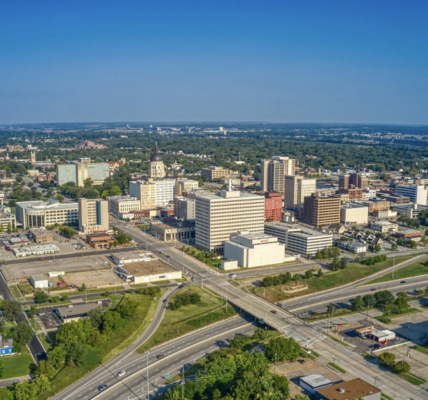Inside shelter housing homeless during Cyclone Alfred
Tropical Cyclone Alfred disrupted Australia’s east coast by delivering harsh weather conditions that weakened into a tropical low system and created significant damage across the affected area. Heavy rains combined with widespread flooding and strong winds as the cyclone affected an area that had not experienced such events near Brisbane for more than 50 years. The paper investigates how Cyclone Alfred affected areas and describes emergency management operations and community survival patterns.
Cyclone Alfred’s Path and Impact
Initially predicted to cause severe weather damage, the cyclone struck the land near Brisbane when it approached about 55 kilometers north of the city before transitioning to a weaker state. Heavy rainfall became the primary source of destruction after Wind speeds from the cyclone failed to achieve their predicted strength. The main threat currently comes from fast-rising floodwaters and flooding along rivers while emergency officials advise people to assess their situation.
The cyclone took the life of a 61-year-old man who drowned after being washed away by floodwater near Dorrigo in New South Wales. Emergency operations personnel sustained injuries along with several other individuals harmed during the period of emergency response. Structures and infrastructure sustained severe damage because roofs flew away while numerous trees lost roots and blocked pathway access to power stations.
Response and Relief Efforts
First responders entered the scene to execute swift rescue missions while clearing away debris and assisting everybody in need. The relief operations received help from military personnel who later sustained more injuries due to a truck collision involving their vehicles. The authorities conducted evacuation procedures throughout areas that suffered the worst damage to grant protection to those affected by deteriorating circumstances.
Local authorities operated nonstop services to bring back the electricity supply while reopening streets and maintaining the stability of essential services. Temporary shelters and community centers became operational to offer displaced people food distribution and medical care while sheltering them.
Tim Noonan said that few facilities are still open for those in need
Community Resilience and Preparedness
Despite the town’s destruction, the Australian people displayed strong resilience. People throughout the area are united in helping each other through community service by participating in cleanup operations and providing help to people in need. The display of solidarity during emergencies shows how communities develop their strength to tackle emergencies.
Government departments and meteorologists prioritized disaster preparation by instructing all Australians to implement emergency plans for upcoming storms. Climate experts indicate that rising climate change temperatures will produce more frequent extreme weather occurrences, reinforcing the importance of being prepared.
Federal MP Anika Wells says complacency is the biggest risk
The Australian eastern coast bore significant impacts from Tropical Cyclone Alfred even though the storm descended into a tropical low-pressure system. The event caused devastating consequences by taking lives, damaging infrastructure, and disrupting communities before showing ultimate evidence of natural forces. Australia proved capable of surviving and recuperating from natural disasters because of combined national initiatives, immediate emergency interventions, and its residents’ fortitude.





